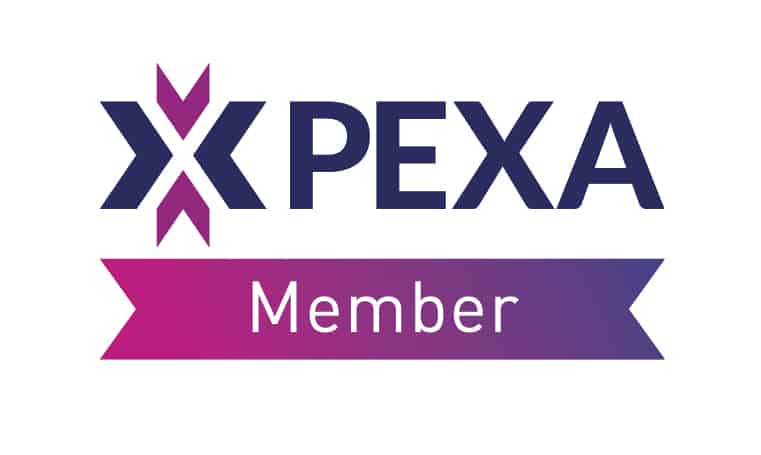
Capital Gains Tax
Capital Gains Tax (“CGT”) is payable pursuant to the Income Tax Assessment Act 1997 (“ITAA”) on the disposal of assets purchased after 20 September 1985. CGT is payable on and is applied to the profit made from the sale, transfer or disposal of an asset to another person or entity. It applies to all assets but there are exceptions including:
- the parties’ main residence (i.e. the former matrimonial home);
- cars and motorcycles;
- personal assets (such as a boat or household furnishings) purchased for under $10,000.00; and
- collectables (such as artwork, jewellery, antiques or a wine collection) valued at less than $500.00.
An adjustment of property between parties to a marriage or a de facto relationship involving the sale, transfer or disposal of an asset may give rise to a CGT event.
The former Matrimonial Home
If the former matrimonial home has been the parties’ main residence, it is one of the exceptions under the ITAA and selling, transferring or disposing of it will not attract CGT. If however the property was not the main residence of the parties for a period, the situation may be different. If, for example, the property is rented out as an investment property before the parties live in it as their main residence. In such a situation, a sale, transfer or disposal may attract CGT but the assessment will be restricted to the period during which the property was rented out.
Investment Property
CGT will be assessable on the profit from the sale of an investment property or another non-exempt asset as part of a family law property settlement. It is important that a property settlement considers the payment of CGT on the sale of an asset. If the property is in the parties’ joint names (or an entity controlled by both parties), then both parties will be assessed to pay CGT on their share of the profit. If the property is in the name of only one party (or an entity controlled by one party), then that party will be assessed to pay the CGT. Discounts may apply to reduce the ‘profit’ on which the CGT is assessed.
CGT rollover relief
Where a CGT-liable asset is transferred between the parties (rather than sold) then normally CGT would apply to the transfer. If, however, the transfer of the asset is a consequence of the breakdown of a relationship, then sec 126 of the ITAA allows for “rollover relief” on the transfer. CGT can be disregarded until the party receiving the asset sells, transfers or otherwise disposes of it.
For example, CGT is not payable at the time when an investment property is transferred to a party following the breakdown of a relationship. The party receiving it will be liable to pay the tax on any gain made on a subsequent sale or transfer of the asset. The CGT is calculated as though that party had owned it since their former partner acquired it, including using their former partner’s cost base for the asset.
Rollover relief only applies if:
- If the asset is transferred between parties to a marriage or a de facto relationship or from a company or a trust to one of the parties; and
- The transfer is made in accordance with a court order, an arbitration award, or a financial agreement under the Family Law Act.
Will CGT be included in the property pool?
The leading authority on CGT is the case of Rosati and Rosati, where the Full Court of the Family Court outlined the following principles:
- Whether the incidence of CGT should be taken into account in valuing a particular asset varies according to the circumstances of the case, including the method of valuation applied to the particular asset, the likelihood or otherwise of that asset being realised in the foreseeable future, the circumstances of its acquisition and the evidence of the parties as to their intentions in relation to that asset.
- If the Court orders the sale of an asset, or is satisfied that a sale of it is inevitable, or would probably occur in the near future, or if the asset is one which was acquired solely as an investment and with a view to its ultimate sale for profit, then, generally, allowance should be made for any capital gains tax payable upon such a sale in determining the value of that asset for the purpose of the proceedings.
- If none of the circumstances referred to in (2) applies to a particular asset, but the Court is satisfied that there is a significant risk that the asset will have to be sold in the short to midterm, then the Court, whilst not making allowance for the capital gains tax payable on such a sale in determining the value of the asset, may take that risk into account as a relevant s 75(2) factor, the weight to be attributed to that factor varying according to the degree of the risk and the length of the period within which the sale may occur.
- There may be special circumstances in a particular case which, despite the absence of any certainty or even likelihood of a sale of an asset in the foreseeable future, make it appropriate to take the incidence of capital gains tax into account in valuing that asset. In such a case, it may be appropriate to take the capital gains tax into account at its full rate, or at some discounted rate, having regard to the degree of risk of a sale occurring and/or the length of time which is likely to elapse before that occurs.”
Whether CGT will be taken into account in calculating the net asset pool will depend upon the circumstances of that individual case.




